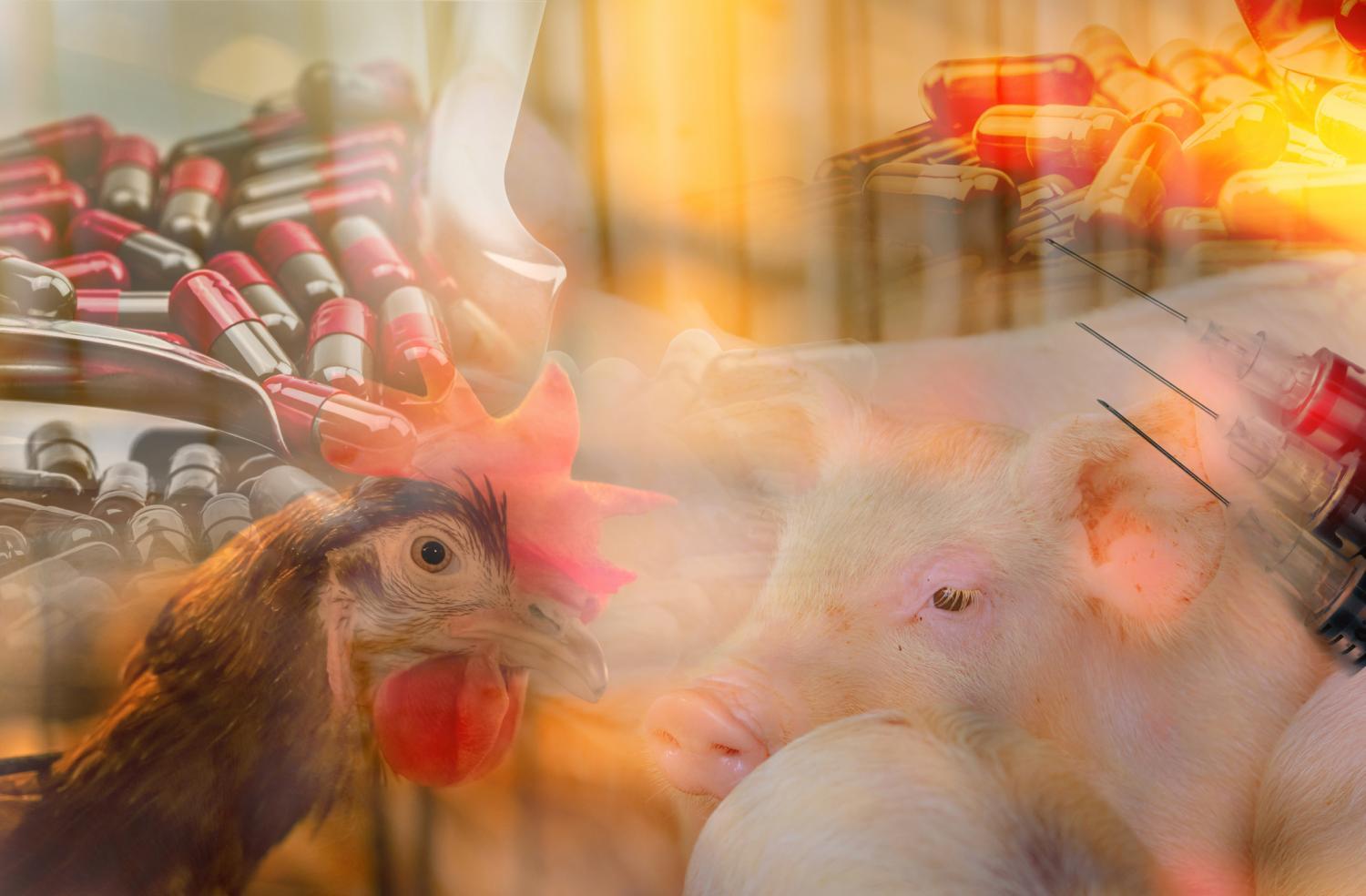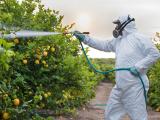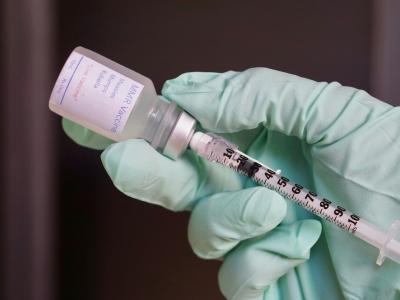Antimicrobial resistance (AMR) surveillance data from Europe show resistance to commonly used antibiotics remains high in key bacterial pathogens found in humans and animals, European health and food safety officials reported today.
The joint summary report from the European Food Safety Authority (EFSA) and the European Centre for Disease Prevention and Control (ECDC) covering surveillance data from 33 European countries in 2022-23 found that high proportions of Salmonella and Campylobacter isolates from humans and food-producing animals (chickens, fattening turkeys, fattening pigs, and calves) were resistant to ampicillin, tetracyclines, and sulfonamides. All three antibiotics are commonly used to treat infections in human and veterinary medicine.
The zoonotic and indicator bacteria covered in the joint report—Campylobacter, Salmonella, Escherichia coli, Enterococcus, and methicillin-resistant Staphylococcus aureus—are routinely monitored for resistance levels because they can spread from animals to people through the ingestion or handling of contaminated meat, direct contact with food-producing animals, and environmental contamination. While European Union countries have made great strides in reducing antibiotic use in food-producing animals in recent years, it's widely believed that routine antibiotic use on farms is contributing to rising rates of AMR.
EFSA and ECDC officials say monitoring resistance trends in these pathogens and identifying specific resistance patterns in humans and animals inform risk assessment and help evaluate targeted interventions.
"A comprehensive One-Health approach is essential to tackling AMR," EFSA Chief Scientist Carlos Das Neves, DVM, PhD, and ECDC Chief Scientist Piotr Kramarz, MD, said in a press release. "Robust surveillance systems, prudent antimicrobial use, and cross-sector collaboration are critical to mitigate the risk posed by antibiotic-resistant bacteria that can spread between animals and humans."
High rates of resistance to a critically important antibiotic
Among the more concerning findings in the report is that data from more than half of European countries show high resistance to ciprofloxacin in human isolates of Campylobacter jejuni (71.9%) and Campylobacter coli (75%) and poultry-associated Salmonella serovars (primarily Salmonella Kentucky [80.5%]).
Ciprofloxacin is a critically important antibiotic for treating Salmonella and Campylobacter infections in people, but the report notes that because of the high levels of ciprofloxacin resistance, fluoroquinolones can no longer be recommended for treating Campylobacter infections.
"The high level of ciprofloxacin resistance in Campylobacter is a concern, given that fluoroquinolones, like ciprofloxacin, are commonly used to treat diarrhoea in humans," the report states. "Although antibiotic treatment for human campylobacteriosis is generally discouraged due to the self-limiting nature of the disease, it may be necessary for immunocompromised patients or those with co-morbidities."
High to extremely high levels of ciprofloxacin resistance were also found in Campylobacter from all food-producing animals and Salmonella and E coli from poultry. In both humans and animals, levels of ciprofloxacin resistance were higher for C coli than for C jejuni.
Robust surveillance systems, prudent antimicrobial use, and cross-sector collaboration are critical to mitigate the risk posed by antibiotic-resistant bacteria that can spread between animals and humans.
Combined resistance to ciprofloxacin and erythromycin, another critically important antibiotic, was found to be low overall in Salmonella, Campylobacter, and E coli but was higher in certain Salmonella serovars and in C coli from humans and animals in some countries. Multidrug-resistance was found in 19.1% of Salmonella, 0.6% of C jejuni, and 8.6% of C coli isolated from people.
The data also show that in imported fresh meat of broiler chickens and turkeys sampled at border-control posts, resistance to third-generation cephalosporins was found in very high and moderate levels in Salmonella and E coli, respectively.
As with previous EFSA/ECDC reports, AMR rates ranged across reporting countries, bacterial species, and antibiotics.
Encouraging trends in E coli
On a more positive note, data from nearly half of the reporting countries showed a decline in resistance to macrolide antibiotics among Campylobacter isolates from humans, and several countries reported an increasing trend of E coli isolates from food-producing animals that showed complete susceptibility to a panel of antibiotics from 2014 through 2023.
There was also a decline in the prevalence E coli carrying extended-spectrum beta-lactamase (ESBL) or ampC enzymes, which can confer resistance to multiple antibiotics and be shared with other bacteria.
The report notes that the positive trends in E coli over the past decade are an indication that some European countries are making progress in reducing AMR in animal agriculture.
"An abundant and ubiquitous commensal bacterial species, E. coli has been selected as a reporting organism because it is considered more relevant in representing the overall resistance situation, including transmissible genes, in food-producing animals than less abundant zoonotic bacterial species," the report states.
Although the detection of carbapenem resistance was rare overall, EFSA and ECDC officials say the occasional detection of carbapenem-resistant E coli, which is considered a critical human health threat, from people and animals "calls for sustained vigilance and further epidemiologic investigations."




















